In a world increasingly attuned to the whispers of nature, the fashion industry finds itself at a crossroads between style and sustainability. Among the myriad of choices, jeans—a timeless wardrobe staple—are now being reimagined through the lens of eco-consciousness. But as sustainable denim rises in popularity, a pressing question looms: are these environmentally amiable jeans truly worth the investment?
In this exploration, we delve into the essential elements that define a great pair of jeans: fit, fade, and feel. By putting several sustainable options to the test, we invite you on a journey through fabric compositions, manufacturing practices, and the lasting impact on our planet. As we unravel the complexities of eco-friendly fashion, we seek to discover whether stylish sustainability can coexist with affordability in the pursuit of the perfect pair of jeans. Join us as we take a closer look at the attributes that separate the good from the great, helping you make an informed decision for both your wardrobe and the environment.
Exploring the True Cost of Sustainable Denim
As consumers increasingly prioritize sustainable options, the realm of denim is no exception.While a pair of traditional jeans may carry a lower sticker price, the true cost of sustainable denim extends beyond monetary value. Key factors like environmental impact and labor ethics reveal a complex value proposition.Consider this: each sustainable pair typically uses organic or recycled materials that significantly reduce water consumption and chemical runoff during production. Moreover, brands committed to fair labor practices often pay their workers a living wage, ensuring not just the quality of the product but also the integrity of the supply chain. This shift in perspective encourages us to rethink our purchasing habits in alignment with our environmental values.
When evaluating the worth of sustainable jeans, itS essential to analyze aspects such as durability, style adaptability, and long-term investment. Sustainable denim frequently enough boasts a more robust construction compared to fast fashion counterparts, reducing the need for frequent replacements. Additionally, many brands are now focusing on timeless designs that transcend seasonal trends, making them a versatile addition to any wardrobe. Below are some key features to consider:
- Durability: Lasts longer, reducing waste.
- Comfort: Crafted from softer, eco-friendly fabrics.
- Versatility: Easy to style for various occasions.
| Feature | Sustainable Denim | fast Fashion denim |
|---|---|---|
| Average Lifespan | 3-5 Years | 1-2 Years |
| Water Usage | Less than 50 liters | Up to 700 liters |
| Production ethics | Fair wages & conditions | Variable; often below standard |

Evaluating Comfort and Fit in Eco-Friendly Jeans
When it comes to selecting the perfect pair of eco-friendly jeans, comfort and fit are paramount. Many sustainable brands focus on production methods that prioritize environmental impact, but the true test lies in how the jeans make you feel throughout the day. Key factors to consider include:
- Fabric Composition: Look for blends that include organic cotton, Tencel, or recycled materials, as these can enhance softness and breathability.
- Design Features: pay attention to details like high-waisted options, stretchable fabric, and tailored cuts that complement your shape.
- Size Range: Opt for brands that offer a wide variety of sizes to accommodate different body types for a more inclusive selection.
Another essential aspect of finding your ideal pair involves trying them on and testing their durability and movement. Along with the immediate fit, consider how these jeans perform over time. You might evaluate their ability to hold shape, resist fading, and maintain a cozy fit during everyday activities. A helpful breakdown includes:
| Aspect | Importance | Evaluation Tips |
|---|---|---|
| Stretch | ensures comfort | Perform squats and sit movements |
| Waist Fit | Prevents slips and gaps | Check for snugness without constriction |
| Length | Complements footwear | Wear with heels and flats to observe |

The Longevity Factor: Do Sustainable Jeans Fade?
The longevity of sustainable jeans is influenced by several factors, including the quality of materials, dyeing processes, and care instructions. Unlike conventional denim, which frequently enough uses harsh chemicals, sustainable jeans prioritize environmentally friendly practices that may affect their color retention.many brands utilize organic cotton and natural dyes, leading to a more eco-conscious product, but these methods can sometimes result in less vibrant colors compared to traditional jeans. It’s essential to consider the following when assessing fade resistance:
- Material Quality: Higher-quality fibers can withstand fading better.
- Dye Type: Natural dyes may fade more quickly than synthetic dyes.
- Washing Practices: Cold washes and air drying can help maintain color.
Consumer experiences suggest a mixed bag when it comes to sustainability and fade resilience.While some brands boast excellent durability after multiple washes, others may show signs of wear sooner than expected. To put this into perspective, here’s a simple comparison of different factors affecting fading in sustainable jeans:
| Brand | Material | Fade Resistance | Care Instructions |
|---|---|---|---|
| Brand A | Organic Cotton | Moderate | Cold wash, Hang dry |
| Brand B | Tencel Blend | High | Machine wash, Air dry |
| Brand C | recycled Denim | Low | Cold wash, Tumble dry |
the fading of sustainable jeans can vary based on materials, construction, and care.Opting for brands that emphasize quality control and sustainable practices may yield denim that not only feels good but also stands the test of time. Before making a purchase, it’s wise to evaluate product reviews and reach out to brands to understand how they handle fading over the lifespan of their jeans.

Choosing Wisely: Recommendations for Conscious consumers
In our quest for sustainability,conscious consumers must weigh their options meticulously,notably when it comes to fashion staples like jeans. Sustainable jeans are often marketed with an emphasis on ethical production methods and eco-friendly materials, but how do they measure up against traditional counterparts in terms of practical attributes? when selecting a pair, consider testing the fit, fade, and feel. Look for jeans that hug your curves comfortably without compromising mobility, as well as ones that maintain their color and shape after multiple washes. These factors can significantly influence the longevity of your investment.
Think about the materials used in manufacturing sustainable jeans; organic cotton,as a notable example,can vary greatly in texture and durability.It’s essential to evaluate whether these materials can withstand the rigors of daily wear while providing a pleasant tactile experience. Consumers should also be informed about the brand’s commitment to ethical labor practices and environmental sustainability. A rapid check could include:
| Brand | Material | Durability test | Price Range |
|---|---|---|---|
| EcoThreads | organic Cotton | 8/10 | $120 – $150 |
| greenstitch | Bamboo Blend | 7/10 | $90 – $130 |
| FairWear | Recycled Denim | 9/10 | $100 – $160 |
By weighing these elements carefully,you can make informed choices that align with your values while ensuring you don’t sacrifice comfort or style.Remember, every sustainable purchase is a step towards promoting eco-consciousness within your wardrobe, and ultimately, your community.
Insights and Conclusions
In closing, the quest for sustainable jeans presents an intricate blend of values and priorities, where the price tag often reflects not just the material and craftsmanship, but also a commitment to a more responsible fashion industry. Through our exploration of fit, fade, and feel, it becomes clear that the merits of investing in sustainable denim extend beyond mere aesthetics; they resonate with a deeper understanding of environmental stewardship and ethical practices. Whether you find yourself swayed by the allure of eco-conscious fashion or prefer to stick with conventional options, what remains paramount is the awareness that choices in our wardrobes ripple out into the world. So, as you contemplate your next pair of jeans, remember that your decision could very well contribute to a more sustainable future—one pair at a time.

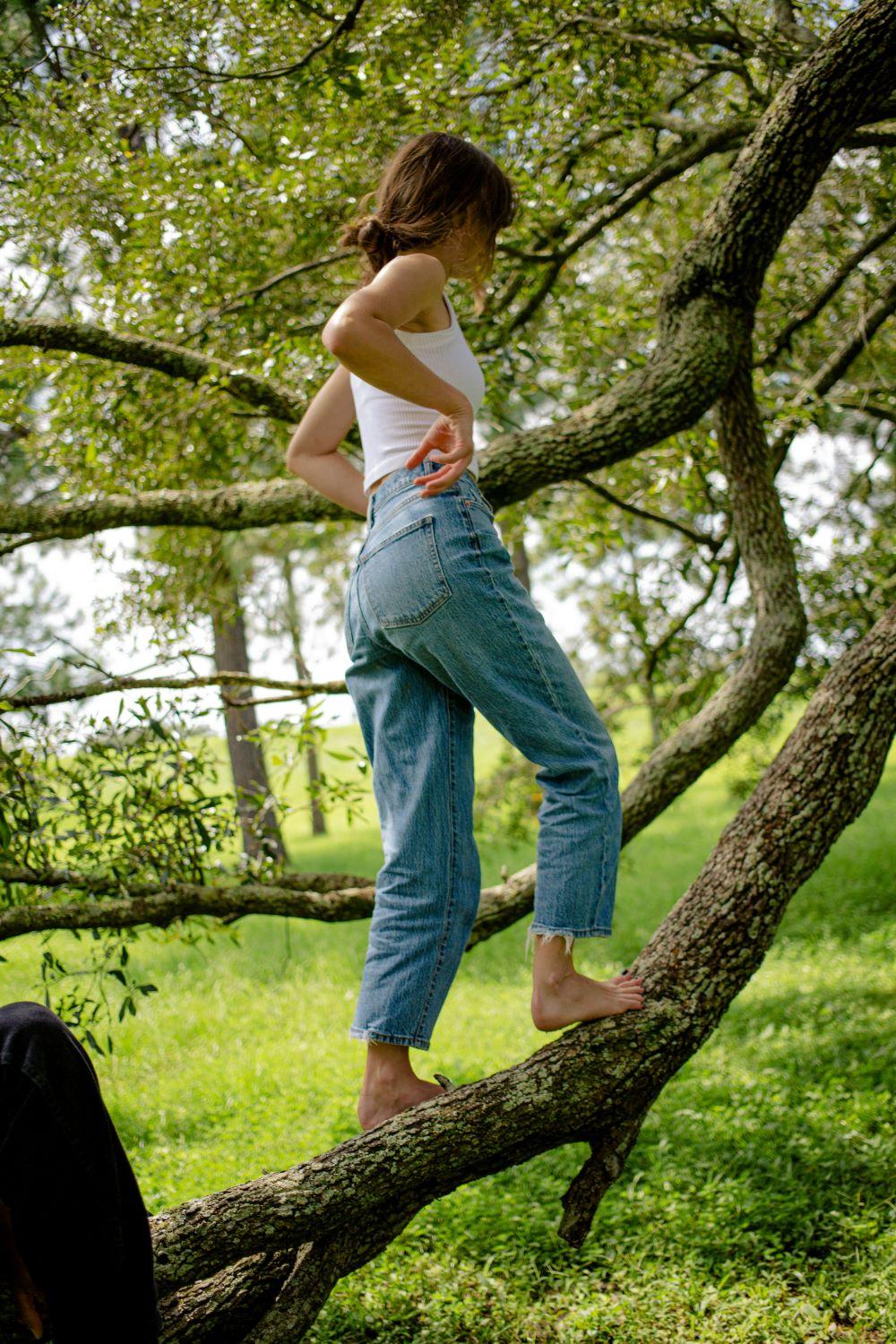
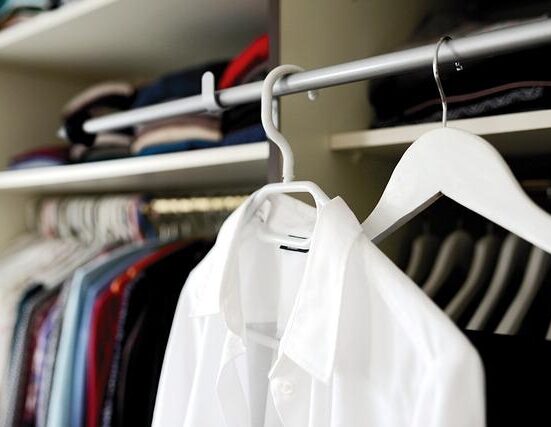
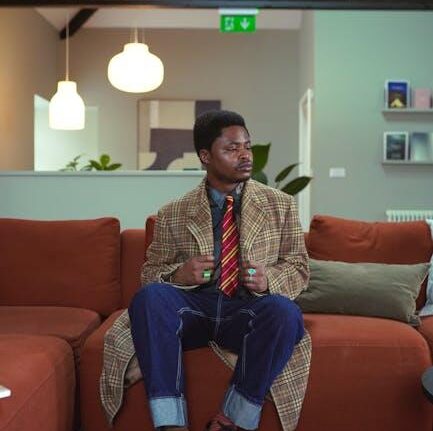
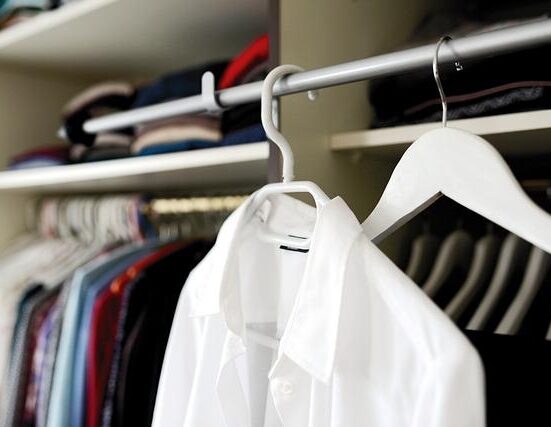


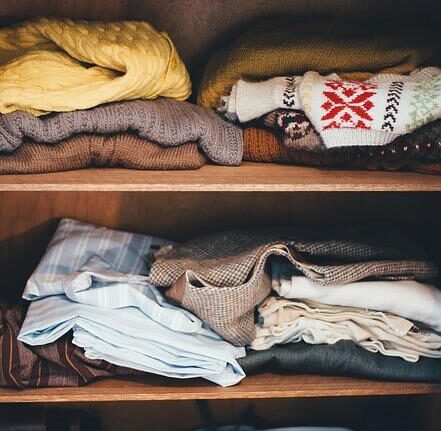
Leave feedback about this